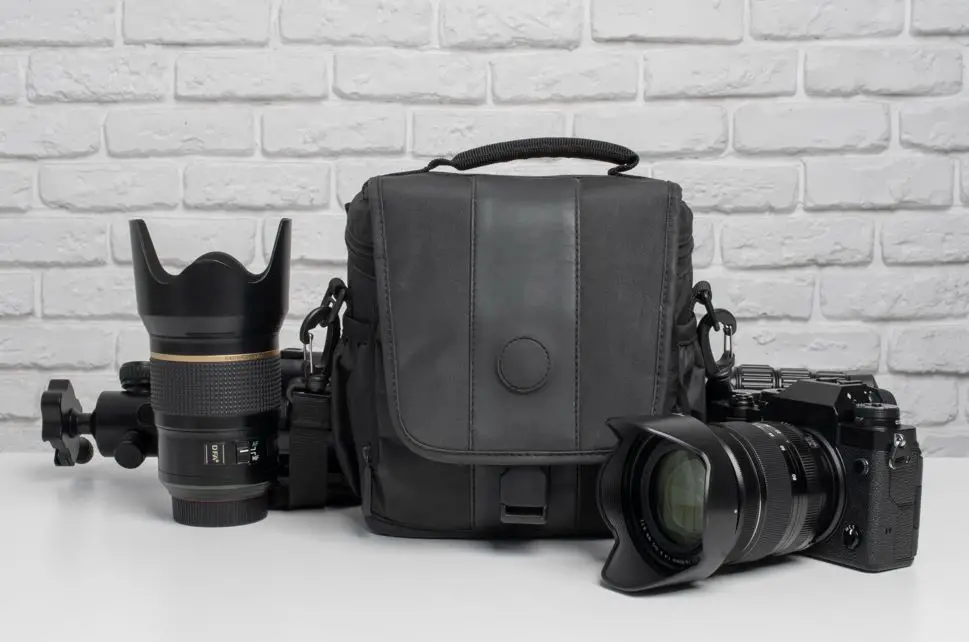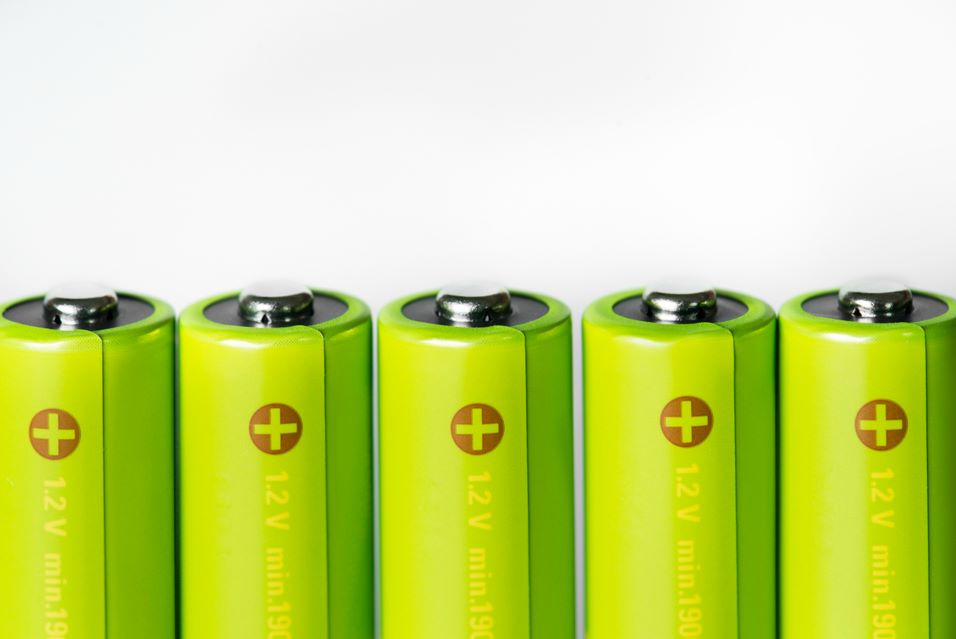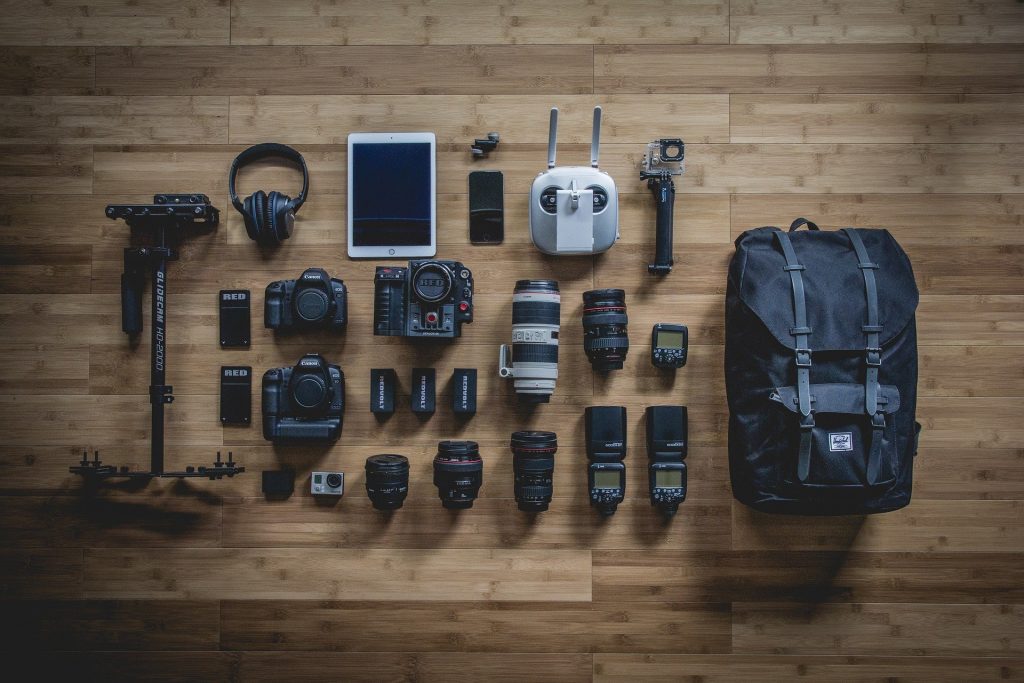Photography is an art form that allows individuals to capture and showcase the world's beauty. Whether you're a professional or just starting, having the right gear is crucial to achieving the best results. While countless gadgets and accessories are available, not all of them are essential.
This guide will help you navigate through the must-have equipment for photographers without overwhelming you with unnecessary items. We'll cover the essentials that every photographer should have in their toolkit, starting with the most important gear. From camera bags to tripods, we've got you covered.
Let’s get straight to the point
Whether you're a beginner or professional, having the right gear is essential to achieving the best results in photography. This guide highlights must-have equipment for every photographer: a camera bag to protect your camera, a tripod for stability, and an ergonomic camera strap for comfort.
A lens cleaning kit keeps your gear in top shape, while spare batteries ensure you’re always powered up. A memory card reader speeds up your workflow, and an external hard drive backs up your photos.
A remote shutter release minimises camera shake, while a flashgun enhances lighting control. Filters give creative flexibility, and a collapsible reflector helps modify light. Start with these essentials and expand your toolkit as your photography skills grow.
1. Camera Bag: Protect Your Investment

Why You Need It: Your camera is a valuable investment, and a sturdy camera bag is crucial for protecting it from the elements, scratches, and potential damage. A good camera bag also makes it easy to carry additional lenses and accessories.
Types of Camera Bags:
- Backpacks are ideal for long journeys or rough terrain, but they require you to remove the bag to access gear.
- Shoulder Bags: Easier access to your equipment, but can be uncomfortable for long periods due to uneven weight distribution.
- Sling Bags: A hybrid of backpacks and shoulder bags. Convenient for quick access, but not as comfortable for extended wear.
Key Takeaway: Choose a camera bag that suits your shooting style and the amount of gear you need to carry.
2. Tripod: Achieve Stability in Every Shot
Why You Need It: A tripod is indispensable for achieving sharp, well-composed shots, especially in low-light conditions or for long exposures. A stable tripod can significantly reduce camera shake, resulting in clearer photos.
Considerations When Choosing a Tripod:
- Material: Aluminum tripods are durable but heavier, while carbon fibre tripods are lighter but more expensive.
- Height and Flexibility: Look for a tripod extending to eye level and allowing for low-angle shots.
- Locking Mechanisms: Twist locks are great for quick deployment, while clip locks offer extra security.
Key Takeaway: Invest in a sturdy, flexible tripod to get the most stable shots possible in various settings.
3. Camera Strap: Comfort Matters
Why You Need It: The standard neck straps with cameras can be uncomfortable during long shoots. Replacing it with a more ergonomic option can alleviate discomfort and make carrying your camera easier.
Types of Camera Straps:
- Cross-Body Straps: BlackRapid offers cross-body straps that distribute weight evenly across your body, preventing neck strain.
- Hand Straps: Vello hand straps provide padded comfort and keep your camera easily accessible.
- Wrist Straps: Peak Design offers wrist straps with quick-release systems for more flexibility.
Key Takeaway: Comfort is key, so choose a strap that suits your shooting needs and minimises strain.
4. Lens Cleaning Kit: Keep Your Gear in Top Shape
Why You Need It: Dirty lenses can ruin even the best shot. Dust, smudges, and fingerprints are inevitable, but with the right cleaning kit, you can keep your lenses in perfect condition.
What Should Be in Your Cleaning Kit:
- Lens Cleaning Solution: This solution removes smudges without leaving streaks.
- Microfiber Cloth: A lint-free cloth that won’t scratch your lens.
- Blower Brush: Removes dust and debris without touching the lens surface.
Key Takeaway: A clean lens results in sharper, more professional photos. Keep a lens cleaning kit with you at all times.
5. Spare Batteries: Always Be Prepared

Why You Need It: There’s nothing worse than running out of battery during an important shoot. Always carry fully charged spare batteries for your camera, flash, and other electronic accessories.
Options for Backup Power:
- Rechargeable Batteries: Save money in the long run and reduce waste.
- Portable Chargers: If you’re using devices like Flash, having portable chargers can be a lifesaver.
Key Takeaway: Don’t let dead batteries ruin your shoot. Always have backups ready to go.
6. Memory Card Reader: Speed Up Your Workflow
Why You Need It: A memory card reader lets you transfer photos faster without draining your camera’s battery.
Benefits of Using a Memory Card Reader:
- Faster Transfer Speeds: Modern card readers are much faster than connecting your camera via USB.
- Safety: Using a card reader reduces the wear and tear on your camera’s USB port.
Key Takeaway: A memory card reader will save you time and extend the life of your camera’s hardware.
7. External Hard Drive: Protect Your Data
Why You Need It: Backing up your photos is essential. While cloud storage is great, it’s not always available in remote locations. An external hard drive provides a reliable backup solution.
Features to Look for in an External Hard Drive:
- Portability: Small and lightweight drives are ideal for photographers who travel.
- Durability: Look for shock-resistant or rugged drives to withstand tough environments.
Key Takeaway: Always back up your photos to avoid losing them due to hardware failure or accidents.
8. Remote Shutter Release: Minimize Camera Shake
Why You Need It: A remote shutter release allows you to take photos without touching your camera, reducing the chances of camera shake and ensuring sharper images.
Types of Remote Shutter Releases:
- Wired: Simple and reliable, but you’re tethered to the camera.
- Wireless: Offers more flexibility, especially for long exposures or time-lapse photography.
Key Takeaway: A remote shutter release is a must for long exposure shots or situations where you want to avoid any camera movement.
9. Flashgun: Improve Your Lighting
Why You Need It: On-camera flashes can produce harsh lighting. A flashgun, or external flash, gives you more control over your lighting and can be positioned to create softer, more flattering light.
How to Use a Flashgun:
- On-Camera: Attach it to the hot shoe and fire it directly.
- Off-Camera: Use it wirelessly or with a cable to position it away from the camera for more creative lighting options.
Key Takeaway: A flashgun is essential for achieving professional-quality lighting, especially in low-light conditions.
10. Filters: Enhance Your Photos
Why You Need It: Filters allow you to control light and exposure in difficult ways in post-production.
Types of Filters:
- Polarising Filters: Reduce reflections and enhance contrast and colour.
- Neutral Density (ND) Filters: Let you use slower shutter speeds during the day for motion blur effects in water or clouds.
Key Takeaway: Filters give you more creative control and can make a big difference in challenging lighting situations.
11. Collapsible Reflector: Modify Light on the Go
Why You Need It: A reflector is a simple but effective tool for manipulating light, particularly in portrait and product photography.
Benefits of a Collapsible Reflector:
- Versatility: Reflectors come in multiple surfaces (silver, white, gold) for different effects.
- Portability: Most reflectors fold down compactly, making them easy to carry.
Key Takeaway: A reflector is an affordable and portable solution for controlling light and improving the quality of your shots.
Conclusion
Photography is not just about capturing moments but also about using the right equipment to create stunning images. Whether you’re just starting or are a seasoned pro, investing in essential gear can make a world of difference in the quality of your work. From camera bags that protect your investment to tripods that stabilise your shots, every item on this list is crucial in helping you achieve professional results.
Don’t overwhelm yourself with unnecessary gadgets. Start with these essentials, and gradually expand your toolkit as your photography journey grows. Whether you want to enhance your creativity or improve your workflow, the right gear will help you get there faster and with better results.
Frequently Asked Questions
If you hire a professional photographer for your website, they will be able to produce images that will showcase your business from the best possible angle and perspective. Knowing how to capture what you're shooting can make images look far superior than those just shot straight on.
Photography is important because we can document something and have it forever. Photography lets us see something we may never have noticed otherwise. Photography is a way to express your ideas for others to see. There is no way to deny that life flies by.
If this is your situation, the most professional thing you can do is find out who the photographer was and email them. In your email introduce yourself. Give the name and date of the event. Explain how you plan on using the pictures.
To my mind, the most difficult thing being a photographer is to keep and implement the idea about this profession. The next hardship concerns the very process of activities – brainstorming, visualization of a form and creation, fundraising and the implementation of it all. In short, everything is difficult.
Photojournalists face enormous safety and security challenges. They are easily identified, they carry heavy, often expensive equipment, and by necessity need to be close to the action, all making them particularly vulnerable.

